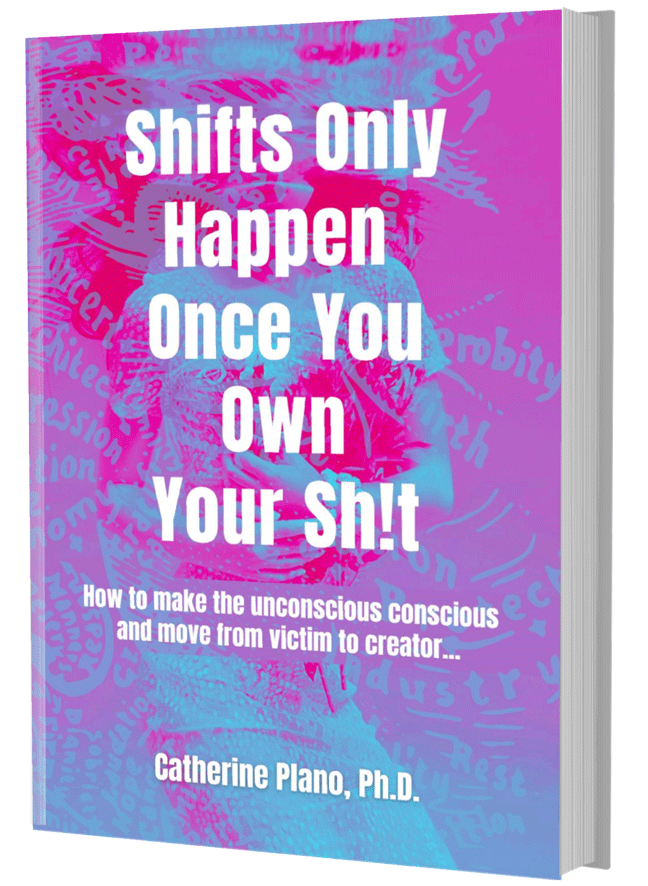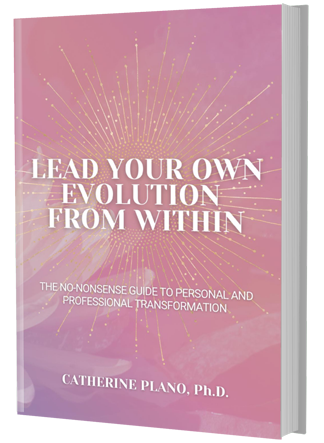Context and Content reframing
When you have certain experiences in your life, good or bad, your response sets into motion what transpires.
If you were to reverse-engineer this process, you could in fact find an alternative way of viewing a situation, which would therefore produce a different result.
You have a choice as to how you perceive any situation, therefore, you have a choice to ‘reframe’ anything to give it a more positive outcome … and this is where you can change your outcome.
What is reframing?
This is where a situation or circumstance occurs … and before you react to it, you give that particular incident a different meaning.
In doing so, it allows you to take a different approach, giving you new possibilities for a different reaction and therefore a different outcome.
Experience a radical shift simply by reframing your words
Reframing is about changing your perceptions, which will assist you in processing your experiences in a new way and therefore changing your patterns.
Being able to think about things in a variety of ways helps you to open up your mind to new possibilities … and will awaken you to the understanding that there is not just one way of looking at any idea, event or situation.
There are two reframe practices, which you can use, in your day-to-day experience.
The first is context reframing, which is giving another meaning to a situation that is negative or stressful, by changing the context into a situation where the behaviour becomes useful … almost all behaviours are useful in some context.
Let me explain. If you have the tendency to be a procrastinator, and as a result, you did not finish tasks you set for yourself … for example, writing a book, then you would say procrastinating in this context is negatively impacting on you.
Yet in another context you could learn to use it in a way that benefits you, for example, procrastinating over whether you should have that second piece of chocolate cake.
Now, that could be a great time to procrastinate!
Procrastination is the thief of time
Or … if you were procrastinating as to whether you should have another glass of wine before you drive home, this may be another useful time to procrastinate.
You can see by having the same behaviour but changing the context as to where, when, how or with whom, will give you a different perspective on the behaviour.
Once you make that realisation, you can use what some may call a negative and turn it into a positive …so just choose when to use it, so that it’s useful.
The other reframe is content reframing, which is about giving another meaning to a statement or situation, which changes the focus.
To reframe the content, simply ask yourself ‘what else could this mean?’
Let’s have a look at content reframe. Say you are driving to work and somebody cuts you off on the highway, now… you may get really upset and call this driver every name you can think of and maybe even roll down your window and shout at them, creating unnecessary stress.
Reframing trains your mind to support your dreams
Another way that you could look at this is to consider what else this could mean – for example, what if the driver didn’t see you?
If that’s the case …. a good thing you were alert and focused.
By using this reframing technique, it helps you look at things in a more positive way.
Now that you are aware of this information, choose to put it into practice…so each time a negative situation or event occurs, find an alternative way of viewing it, create a different reaction, and begin to live your life in a more empowering way, to achieve better outcomes by reframing situations.
The next time something comes up that initially disturbs you, ask yourself ‘how can I see this in another way?’ or ‘how can I think differently about this situation?’
Just the fact that you are asking the question, your brain will naturally come up with some new ways to look at a situation.
With practice this will become a habit and what kind of positive changes do you think that will create for you?





